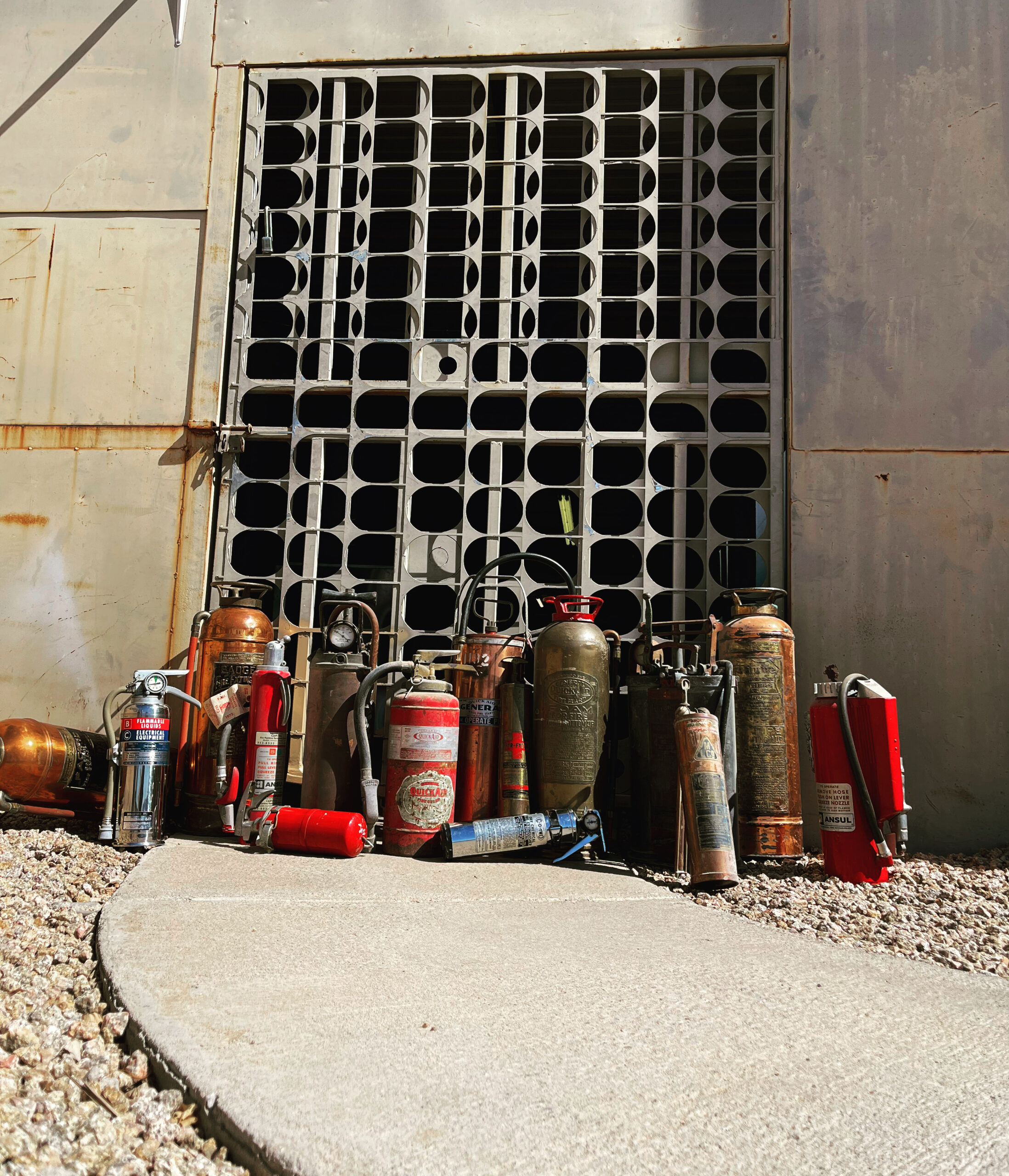
Fire Extinguisher Expiration
Fire extinguishers don’t last forever, and while all fire extinguishers do expire at some point, there is not always a set expiration date. As your first line of defense during a fire, it is important that your extinguishers are functional and well maintained.
How Long Do Fire Extinguishers Last?
Do fire extinguishers expire? All fire extinguishers should be installed, inspected and maintained in accordance with the National Fire Protection Association standard titled “Portable Fire Extinguishers“, NFPA-10 and the requirements of local authorities having jurisdiction.
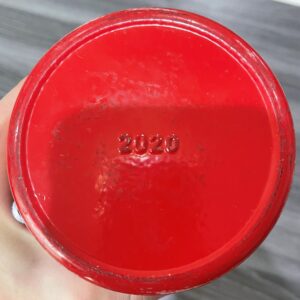
The lifespan of a fire extinguisher varies based on a few factors including:
- Type of fire extinguisher
- Whether the extinguisher is disposable or rechargeable
- How well the extinguisher is maintained
- The date it was manufactured
- Manufacturer recommendations
When to Replace Your Fire Extinguisher
According to NFPA standards, disposable fire extinguishers need to be replaced every 12 years and rechargeable fire extinguishers must be recharged every 6 years.
Some manufacturers set recommended expiration dates for their fire extinguishers. However, there are many extinguishers without expiration dates which can make it hard to tell when it should be replaced.
In short, fire extinguishers expire. Certain types of fire extinguishers are now considered obsolete as regulations change or technology advances. NFPA guidelines dictate which types of extinguishers should be removed from service. If you have an older fire extinguisher, one of our experienced technicians can help you to determine whether it needs to be replaced.
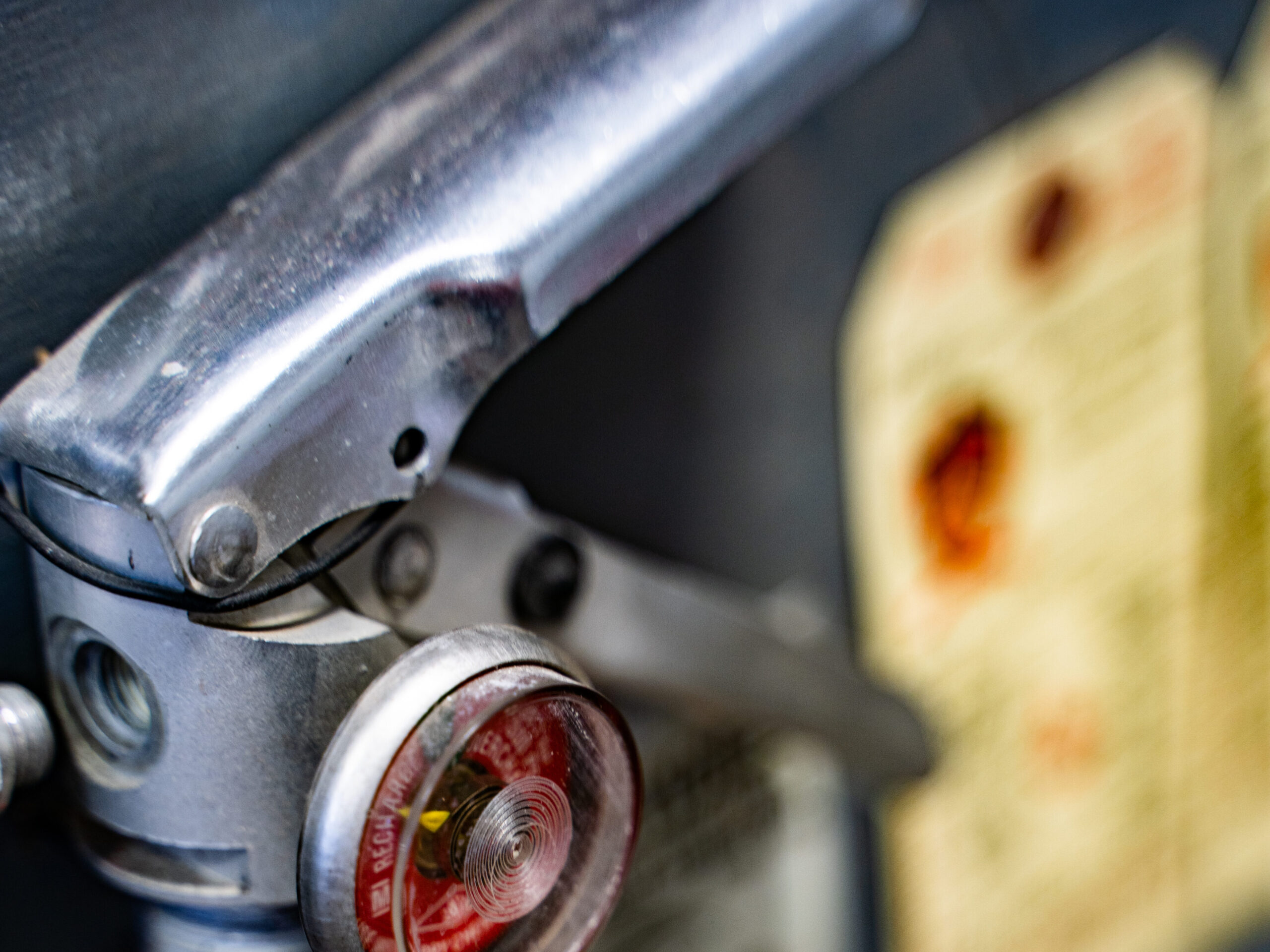
Monthly Extinguisher Inspection
Occupational Safety and Health Administration (OSHA) regulations mandate that commercial businesses must inspect their portable fire extinguishers monthly. Sometimes referred to as a visual inspection, monthly inspections can be executed by employees who have received proper training. Every month, you should complete a visual check of your fire extinguishers to make sure that they are still functional in the following areas –
Location & Accessibility
All portable fire extinguishers should be unobstructed, easy to see, and easy to reach. If the extinguisher is blocked or unreachable, any obstructions should be moved or the extinguisher itself should be relocated where it will be more accessible.
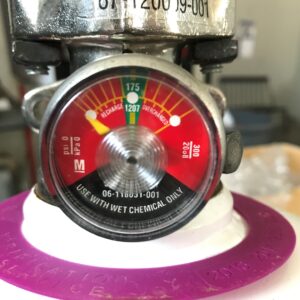
Gauge Pressure Reading
A disposable fire extinguisher has a plastic head with a gauge that reads “full” or “empty”. Rechargeable extinguishers have a metal head with a gauge that shows the level of charge.
For a rechargeable extinguisher, the needle of the pressure gauge should be pointing to the green indicator, known as the operating zone. If the needle is below the operating zone, the extinguisher has lost pressure and needs to be recharged by a professional. If the needle is above the operating zone, it has too much pressure and is at risk of a leak or a cylinder failure (read: explosion). Call us right away if the pressure gauge is outside of the operating zone in either direction for service.
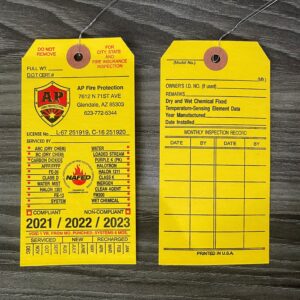
Inspection Tag
Check the inspection tag to see when the last annual inspection took place. If your inspection date is getting close, make a note to call and schedule this year’s maintenance and inspection. If there is no tag, the extinguisher should be inspected to avoid any issues. After your inspection is complete, our technician will attach an updated inspection tag punched with the month, year, the type of extinguisher and the service performed.
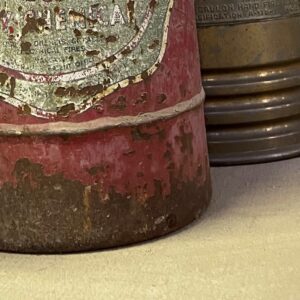
Visual Damage
Additionally, the exterior of the extinguisher needs to be checked thoroughly for damage or corrosion. Check that the instruction label is present and easy to read. The serial number should also be legible. Look for dents and punctures, as well as paint removal and rust. The hose should be unobstructed, securely fastened to the side of the extinguisher and free of cracks or other damage. Tamper seals are required and indicate if anyone has attempted to use or discharge the unit. Tamper seals are placed around the locking pin and secured around the handle. They may look similar to a zip tie, but they break easily with a little bit of force. You cannot secure an extinguisher with a zip tie! If any extinguishers are damaged or tampered with, have them inspected immediately.
Document Your Findings
Finally, most inspection tags provided space to record monthly inspections; sign your name or initials and date of inspection to confirm that it has been done. After you’ve completed your inspection and signed off, write a report detailing any issues and whether any actions have been taken to remedy them. Your report should include your name, date, and location of the extinguisher that needs service.
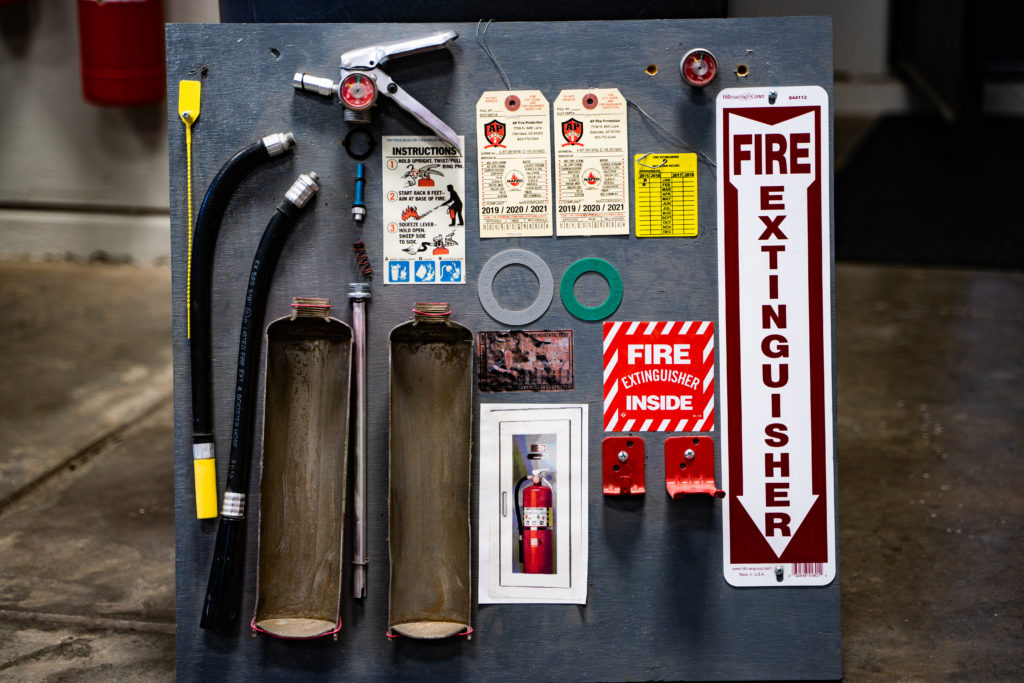
Regular Maintenance
Regular inspections, testing, and maintenance according to NFPA and manufacturer recommendations can help to extend the lifespan of your fire extinguishers. Hiring the experienced professionals at A P Fire can help to keep your extinguishers functional and code compliant.
Annual Inspections
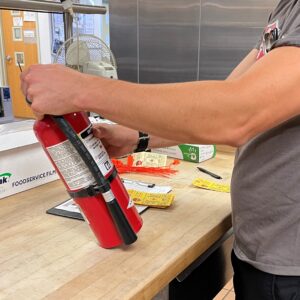
While on site, our annual inspection of fire extinguishers shall include a check of at least the following items:
1. Location in designated place.
2. No obstruction to access or visibility.
3. Pressure gauge reading or indicator in the operable range or position.
4. Fullness determined by weighing or hefting for self-expelling-type extinguishers, Cartridge-operated extinguishers, and pump tanks.
5. Operating instructions on nameplate and facing outward.
6. Safety seals and tamper indicators not broken or missing.
7. Examination for obvious physical damage, corrosion, leakage, or clogged nozzle
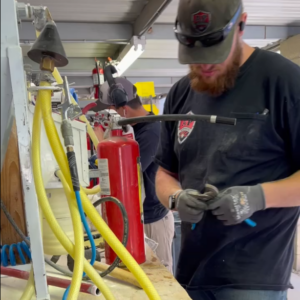
Six & Twelve Year Maintenance
Every six years, additional testing is required to ensure your extinguisher is in optimal operating condition. At this stage of maintenance, the unit must be completely dismantled so inspections can be completed on all internal components including a check of at least the following items:
1. Discharge chemical and pressure into a “closed” dry chemical recovery system making sure that the extinguisher is completely empty and depressurized.
2. Clean extinguisher to remove dirt, grease or foreign material. Check to make sure that the instruction nameplate is securely fastened and legible. Inspect the cylinder for corrosion, abrasion, dents or weld damage.
3. Inspect the extinguisher for damaged, missing or substitute parts. Only factory replacement parts are approved for use.
4. Check the date of manufacture on the extinguisher label.
5. (12 year only) Hydrostatically test to factory test pressure marked on the label, using the proof pressure method, in accordance with CGA C-1 and NFPA 10.
6. Visually inspect the pressure gauge – if bent, damaged or improper type or pressure – replace.
7. Check ring pin for freedom of movement. Replace if bent or if removal appears difficult.
8. Inspect discharge lever for any dirt or corrosion which might impair freedom of movement. Inspect carrying handle for proper installation. If lever, handle or rivets are damaged, replace.
9. Remove nozzle or hose and horn assembly and visually inspect threads on nozzle or hose coupling, horn and hose for damage, and replace as necessary. Blow air through nozzle or hose and horn to ensure passage is clear of foreign material.
10. Inspect the valve assembly for corrosion or damage to nozzle or hose thread connection. Replace valve assembly or component parts as necessary.
11. Remove and disassemble valve assembly by removing downtube, spring and valve stem assembly. Install a new valve stem and collar o-ring after lightly lubricating.
12. Recharge the extinguisher.
13. Complete maintenance by issuing a new inspection tag and service collar.
We perform annual inspections, six year maintenance, twelve year hydrostatic testing and we will recharge your extinguisher in the event it has been discharged. As of 2022, we are distributors for Amerex and Badger brand extinguishers. We service school districts, healthcare facilities, municipalities and other commercial buildings. If you have a small business or home extinguisher, we also accept walk-ins at our office location. In the end, there is no hard and fast rule of when fire extinguishers expire. If you are worried about your fire extinguishers expiring and would like to request service for your fire extinguishers, contact us!
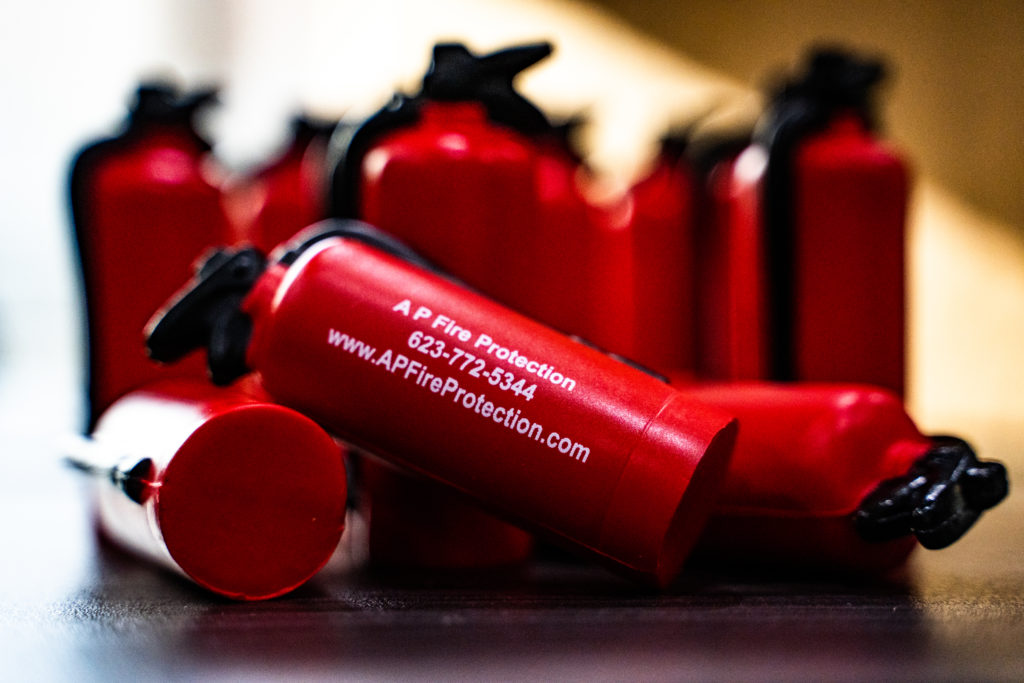
We do! @apfire1
Hello there! Do you use Twitter? I’d like to follow you if that would be okay. I’m undoubtedly enjoying your…
Pretty! This was a really wonderful post. Thanks for providing this info.
Nice blog here! Also your web site loads up fast! What web host are you using? Can I get your…
Quality posts is the secret to interest the viewers to visit the website, that’s what this website is providing.
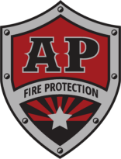
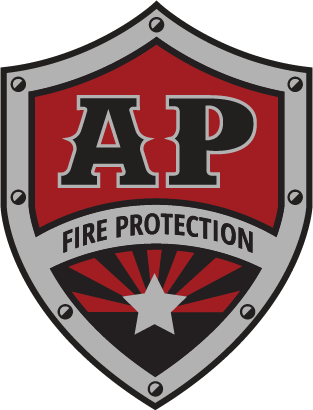
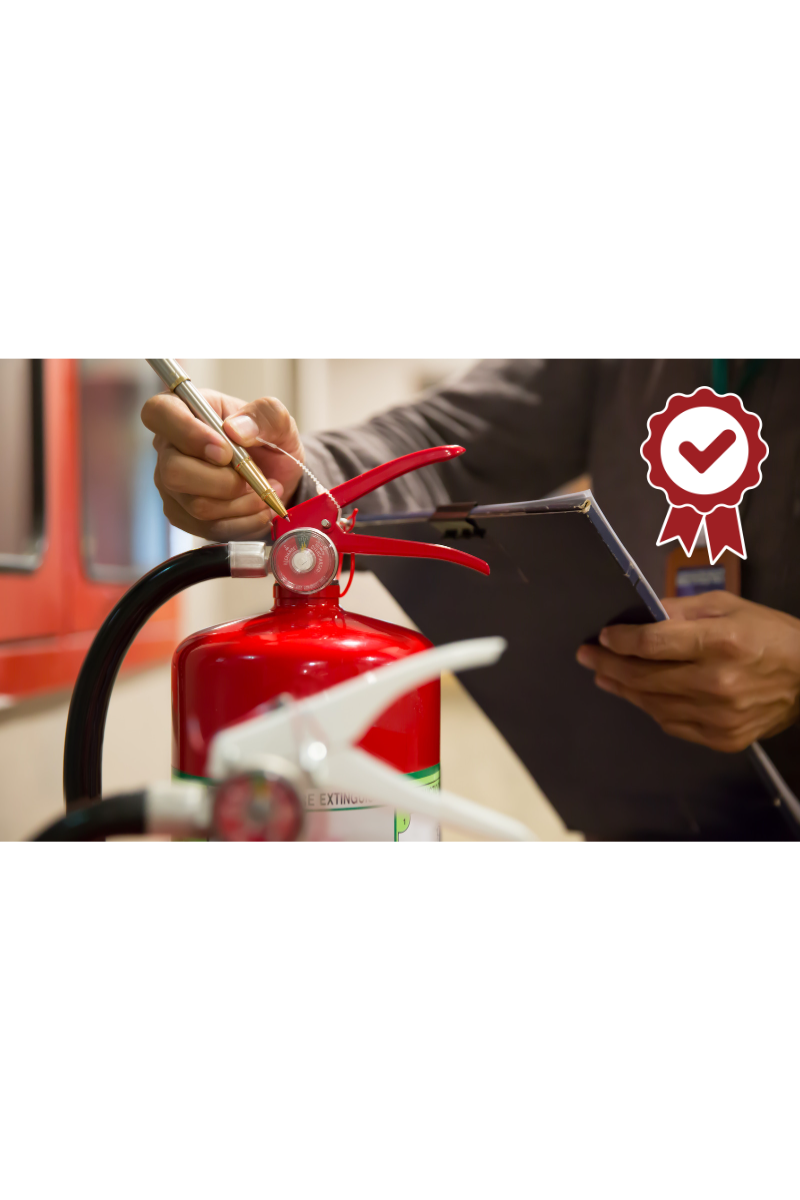





Leave a Reply